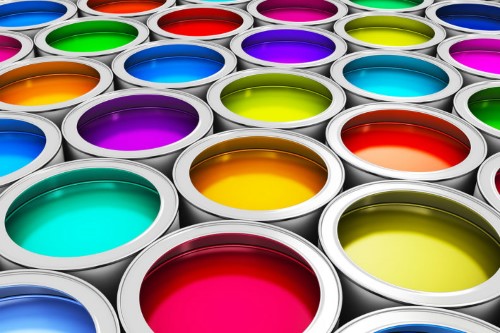August 06, 2022

This article will cover Amine additives (cellulosic thickeners) Polymers with
alkyd and Organoclays. There are four kinds of chemical additives that are used
in coatings and paints. Learn about the distinct properties of each ingredient,
and how they affect the coating's performance. Also, learn about the advantages
of each ingredient and how to choose them. It's a smart choice to limit the use
of premium raw material.
Amine additives
The Global Amine antimicrobial additives for coatingsrt provides in-depth and
qualitative analysis of the market, that focuses on the factors that drive and
restrict. It also provides a two-dimensional picture of the market, with market
segments categorized according to the function, chemistry, final usage,
application, and the location. The report also outlines different trends in the
industry as well as recent developments, and highlights the market's competitive
environment.
Cellulosic thickeners
Non-associative cellulosic thickeners (CNTHs) are polymers that offer the
stability and viscosity of molecules. Their molecular weights determine their
properties and the lower their molecular masses, the more open time they offer
and the greater effectiveness of their thickening. Cellulosic thickeners with
low molecular weight are perfect for additives for paints and coatings
because of its excellent viscosity and long open time. These thickeners are
generally employed in smaller amounts in order to get the desired effect of
thickening.
Polymers made of alkyd
Recent research focused on the use of gum rosin and benzoic acid in paint
additives. While both alkyds have identical physical characteristics, RA-BA
exhibits better drying properties. The addition of gum rosin increases the
crosslink density of the alkyds and improves the film's strength as well as the
final coating's physical properties. However, there are several disadvantages of
using gum rosin for paint formulation.
Organoclays
Organoclays or organosulfides are clays that come from nature. They belong to
a class of chemical compounds possessing outstanding rheological properties.
They are produced employing a special process known as organofilisation. This
process requires less energy and creates less waste than conventional dry or wet
process. The resulting product exhibits superior consistency and stripping
activity. Here are some of the uses of organoclays in paints and
coatings.
Dispersing the additives
When developing dispersing additives to coatings,
system developers want to know the optimum level to obtain optimal performance.
The chemical composition and the structural properties of wetting agents will
determine their behavior in an overall system. Technical data sheets and safety
data sheets are valuable sources of information. To select the right additives,
it is essential to understand the composition of the continuous fluid phase and
the surface composition of the solid particles.
Pigments
Pigments are important constituents of coatings and paints, and are added to these products to increase their color and bulk. Pigments also have various useful properties, such as haptic or anti-skid qualities. These pigments can be used in numerous applications such as automotive, construction, aerospace and aerospace. This report analyzes the market for pigments as well as additives that are used in paints and coatings.
Posted by: Home Service House at
06:12 AM
| No Comments
| Add Comment
Post contains 504 words, total size 4 kb.
35 queries taking 0.0259 seconds, 75 records returned.
Powered by Minx 1.1.6c-pink.









